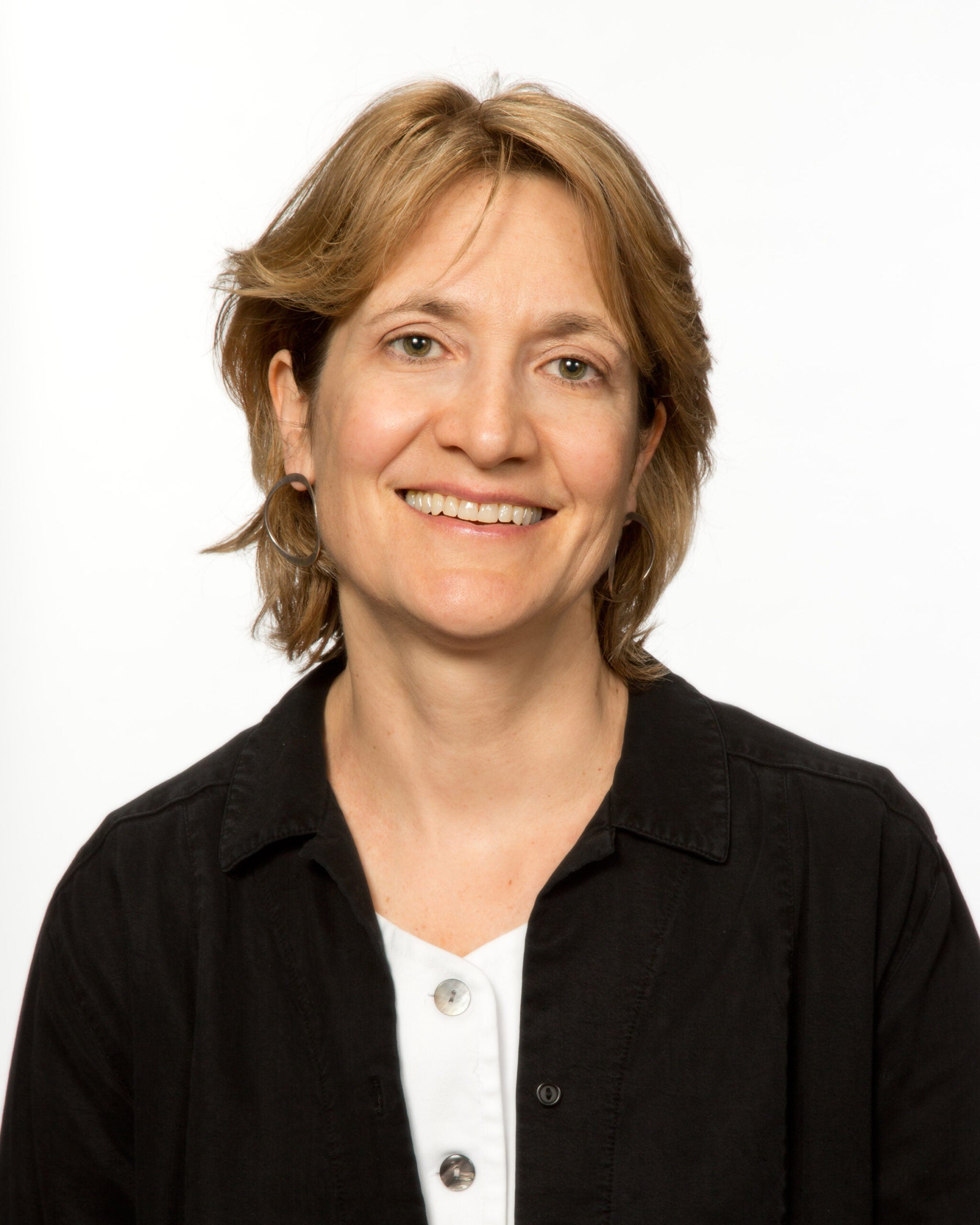Post Date: August 18, 2006
The following op-ed by Professor Christine Desan and 2L student Jane Manners, A model for fair campaigns, appeared in The Boston Globe on August 18, 2006.
With less than three months until the November election, the governor’s race is heating up in Massachusetts. Three of the four leading candidates, Democrats Chris Gabrieli and Thomas Reilly and Republican Kerry Healey, have already spent about $3 million on television advertising. With Gabrieli, a multimillionaire, opting out of the state’s public financing system, that number is likely to go much higher: All the candidates will be able to spend as much as Gabrieli in order to keep expenditures even.
The Supreme Court only fueled these destructive dynamics last term, when it struck down Vermont’s limits on campaign contributions on the grounds that they were overly restrictive. The court assumed that the law limited voters’ ability to participate in democracy.
But democracy is often most vibrant at the local level. In reaching its decision, the court overlooked the experiences of municipalities around the country, where campaign finance reforms have led to fairer elections and better government. Dozens of towns and cities, from New York City to Austin, Texas, have adopted contribution limits in response to problems that are obvious at the local level, where people know their politicians better. By ignoring these local reforms, the court in effect defined democracy as a state and federal matter only.
In its seminal 1976 decision on campaign finance reform, Buckley v. Valeo, the court famously analogized money to gasoline, calling it the fuel for political speech. Experience in local governance shows that logic to be flawed. Opinion, thought, interest, even desire, are the fuel for political expression — not money. Money in elections doesn’t make speech possible; it only makes certain voices louder.
In Brookline, for example, more than half of the total funds raised in contested races between 2000 and 2004 came from less than one-half of 1 percent of the electorate, and candidates receiving more of their money from big donors were much more likely to win. By contrast, the higher the percentage of funding a candidate got from small donors, the lower her chances of success. Every community passes traffic codes so that some drivers don’t run others off the road. Likewise, communities across the country are passing laws to manage the volume of campaign speech so that everyone can be heard.
These local practices can be a model for campaign finance regulation. The Supreme Court’s Vermont decision marks the first time it has struck down contribution limits. Rightly concerned not to displace the judgment of legislatures “better equipped to make such empirical judgments,” the court reached its conclusion by comparing state laws. Vermont’s caps stood out because they were “sufficiently low as to generate suspicion” when compared with limits imposed elsewhere.
Vermont’s limits are hardly unreasonable. The state had limited contributions from each donor to $400 per statewide candidate, $300 per state senator, and $200 per state representative, including both primary and general elections. Those figures were in the same ballpark as the Missouri statewide cap that the court had previously upheld and the regional limits in force in Arizona, Montana, and South Dakota. But the court’s concern for democratic decision-making should have led it to take comparative evidence from local, as well as state and federal, governments.
Contribution caps are the most popular reform chosen by communities; more than 100 cities and towns have set such limits. Among these local communities, limits ranging from $100 to $250 per donor per election are common. With 623,050 residents, Vermont looks more like San Jose, Calif. (population 912,332), with its per-election limit of $100 for city council candidates and $250 for mayoral candidates, than like Florida (population 17,789,864), where individual contributors to state office-seekers can give up to $500 per election. In short, while the size of localities and their caps vary, limits comparable to Vermont’s are the convention among similarly sized populations around the country.
Citizens can see the effect of money on politics most clearly at the local level — in decisions on development, zoning, education, and policing. The myriad local campaign finance measures around the country show that these citizens want to keep their elections fair and competitive. Americans can still act in their cities and towns; to be safe, they should avoid characteristics of Vermont’s law that the court disliked, such as the state’s failure to adjust its caps for inflation.
However, the fact remains that in neglecting the vibrancy of local democratic activity, the Supreme Court has discouraged the kind of participation it should protect. With campaign costs rising at every level, let’s hope local reformers aren’t dissuaded from their efforts to limit the influence of money on elections in their own communities.
Christine Desan is a professor at Harvard Law School and a member of the Brookline Moderator’s Committee on Campaign Finance. Jane Manners is a student at the school and an intern on the committee.
